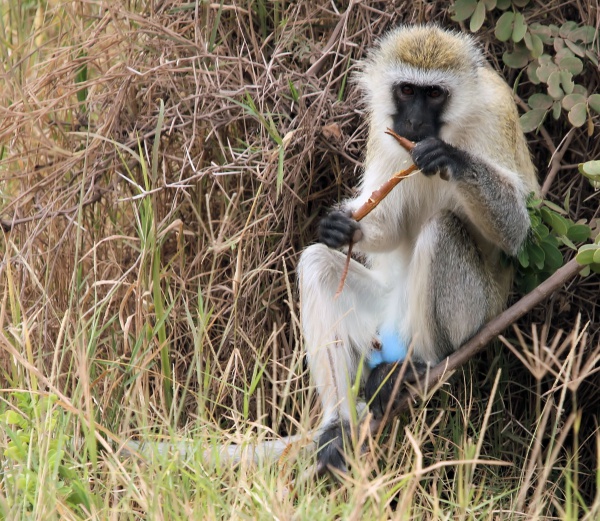Facts About Chlorocebus
Chlorocebus monkeys, medium-sized primates belonging to the Old World monkey family, are truly captivating creatures. The genus currently includes six recognized species, although some experts view them as a single species with various subspecies. Originally native to sub-Saharan Africa, these monkeys have also spread to the Caribbean islands and Florida, largely due to their transportation as pets by slavers. Over time, they have become naturalized in these new habitats.
Physically, Chlorocebus monkeys exhibit a variety of fur colors on their backs, and there is a noticeable size difference between males and females. They are both semi-arboreal and semi-terrestrial, meaning they spend significant time on the ground during the day and sleep in trees at night. Living in social groups, these monkeys are highly territorial, utilizing vocalizations, facial expressions, and body language for communication.
Their diet is quite diverse, encompassing fruits, flowers, insects, and even small animals. During mating, female Chlorocebus monkeys signal their readiness to males by presenting their vulva. Mating is not exclusive; multiple females will mate with each male in the group. Infant monkeys are nurtured by the entire group, with dominant individuals often receiving preferential treatment.
Interactions between humans and Chlorocebus monkeys can sometimes be problematic. In both the Caribbean and Africa, these monkeys have been known to damage crops and interfere with power lines. Despite these challenges, Chlorocebus monkeys have been instrumental in scientific research, particularly in areas such as vaccine development, hypertension studies, and AIDS research. They are crucial model organisms for various genomic studies.
The classification of Chlorocebus monkeys remains a subject of ongoing research. Future studies will likely reveal even more species and subspecies within this fascinating genus.

 Senegal
Senegal